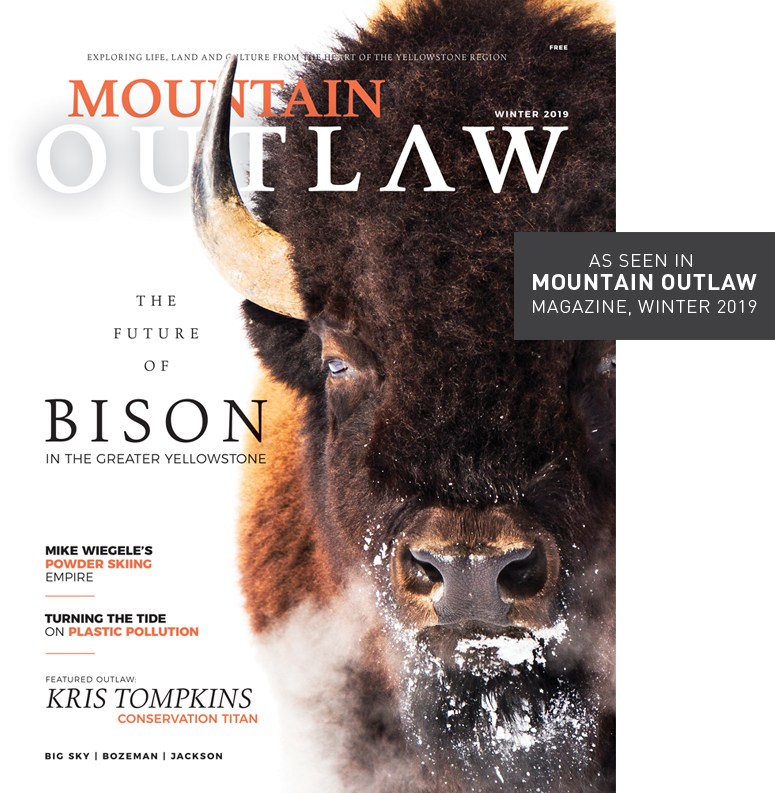A peek into grandma’s icebox.
BY BY MICHAEL J. OBER
To my grandmother, Opie, it was always called of ice harvesters occupied the workforce alongside “the icebox.” As my brother and I unpacked her groceries looking for tasty goodies, we learned to read by identifying words on the labels of the boxes and cartons in the brown sacks from the market.
“Oh, just put that’n in the icebox,” she would say when we found something that needed to be refrigerated. We always knew that she meant the giant humming Kelvinator refrigerator in the corner of the kitchen, but as a carryover from her era in rural Montana, food items meant to be kept cold belonged in the icebox.
It was one thing to have a root cellar for onions and potatoes but quite another to have an icebox to chill meat, eggs, butter, milk and cheese, and no well-appointed household would be without one. It was a mark of prosperity.
In the early part of the 19th century many homes had iceboxes and the cottage industry anywhere there was water and cold winters—humans gathered ice to cool their food.
The early 19th century ice trade industry flourished, generating nearly $700 million in today’s value. It dramatically altered the way fishing and meat packing businesses marketed their products. Most of Montana’s ice harvesting was done on the local level with small commercial markets, and the ice box became a common household appliance.
Eventually, electricity replaced them with bulky refrigerator units, some with freezer compartments. But for decades, households relied on Sears Roebuck catalogs to select that ideal kitchen implement to keep things cool, with a block of ice resting on a grill inside an insulated, tin-wrapped box.
In the early part of the 19th century many homes had iceboxes and the cottage industry anywhere there was water and cold winters—humans gathered ice to cool their food.
Obtaining the ice required more ingenuity than real skill. Just about every harvesting method that could be thought of was used. Early on, lengthy hand saws with dual handles sliced through river and lake ice blocks of all sizes. Later, harvesters employed gas-powered saws and conveyer belts to increase productivity. Skilled farmers used their tractors, modified with powered belts to drive circular saw blades with special teeth for ice chipping.
Most ranchers in Montana had stock ponds for their animals and with homemade devices like these they could not only secure ice for their home, but could also keep the ponds open as a winter water source for their herds.
In town, small businesses emerged to deliver ice, on regular schedules, to households in the same way that milk, mail and newspapers arrived at doorsteps. The ice, after all, was free to the harvesters and tidy profits awaited entrepreneurial souls.
Today, many small communities in Montana have a museum with an antique icebox on display, relics of the 19th century trade. The icehouse in Somers, Montana, just a short stroll from Del’s Bar, is an industrial artifact of the state’s past that looms large over the town. A paved bike path has replaced the old railroad bed adjacent to the three-story, faded wooden structure with its 3-foot- thick walls lined with sawdust and its louvered venting tower. Ice harvested from Flathead Lake was stored there, awaiting shipment on Great Northern Railway “cooler cars” to cities and towns along its northern routes.
As a young girl in Helena, Opie recalled her mother using a cheese grater to shave the last melting chunks of ice from the bottom of the tray to fill glasses with ice chips. Over that she would pour Kool-Aid or lemonade—the original snow cone.
“Our chore was to check the drip pan daily and empty it on the vegetable garden,” Opie told me. “If it overflowed onto the kitchen floor we always got a scolding.”
In the Helena Valley, the winter delivery of ice almost always came from blocks carved out of Canyon Ferry Reservoir. Most of it arrived on wagons, or by sledges in heavy snow seasons. As time went on, Ford Model T trucks with insulated bunkers brought the ice, and a numbered card in the window would tell the deliverymen how many blocks to deposit.
“They would sometimes leave the block on the boulevard in front of the house and it was the job for us kids to get it into the house before it melted. They were God-awful heavy!” Opie recalled. “We would use our little wagons to get them to the back steps of the kitchen.”
Opie lived to be 101, long enough to see modern refrigerators feature automatic ice makers and dispensers. I’m not sure how she felt about all that, but I do know that, to her last days, it was always “the icebox.”
Four generations deep in Montana’s history and culture, Michael J. Ober is a recently retired professor emeritus from Flathead Valley Community College in Kalispell, Montana. During his 40-year career as Director of Library Services, he also taught English and Montana history. He also worked for 44 years as a seasonal ranger and wildland firefighter in Glacier National Park, and his freelance and professional writing has appeared in numerous regional and national publications.

